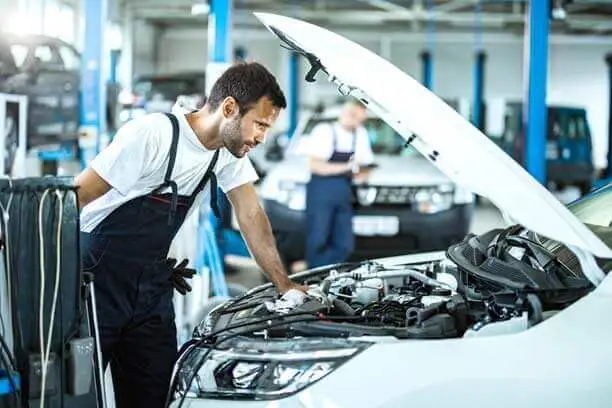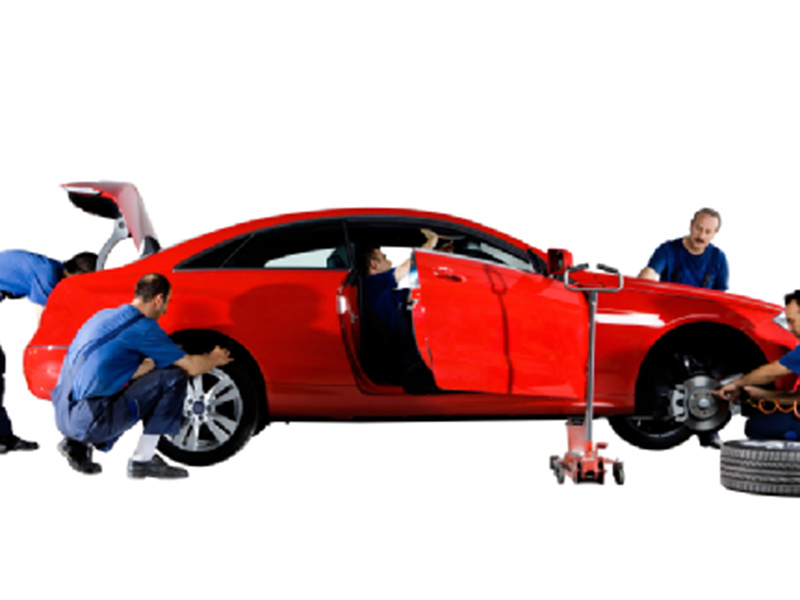All Categories
Featured

The automotive fixing market is rapidly progressing with the intro of brand-new modern technologies that are improving how cars are detected, serviced, and repaired. From the adoption of expert system (AI) to the combination of electrical car (EV) maintenance, these developments are enhancing repair service efficiency, decreasing costs, and boosting the total client experience. In this post, we'll explore a few of one of the most significant automotive innovation improvements out of commission that are aiding contemporary technicians stay in advance of the contour.
- AI-Powered Diagnostic Tools. Synthetic intelligence is changing the analysis process in automotive repair. Mechanic stores can currently use innovative scanners that utilize AI to identify issues, forecast prospective failures, and even advise certain repair work.
- Electric and Crossbreed Automobile Repairs. As the need for electrical lorries (EVs) and hybrids expands, so does the demand for specialized repair service technologies and training. Hybrids and evs have distinct powertrains, battery systems, and billing innovations that call for specialized knowledge to fix. Advancements in battery screening equipment, thermal management systems, and specialized software program for monitoring battery health and wellness have made it much easier for service center to manage these automobiles. Furthermore, many fixing stores are currently investing in electrical vehicle-specific tools, such as high-voltage insulation testers and billing terminal diagnostics, to guarantee that professionals can securely and effectively solution these innovative cars.

- 3D Printing in Vehicle Repair Service. 3D printing has come to be an effective device for auto repair services, especially when it comes to producing hard-to-find or discontinued parts. This technology is especially useful for recovering timeless automobiles or fixing vehicles that no longer have easily available replacement components.
- Robotics and Automation. Robotic modern technology is being incorporated right into the automotive repair process to raise performance and accuracy. Robotics are being utilized for recurring jobs such as tire turnings, oil adjustments, and brake maintenance, enabling technicians to concentrate on even more facility fixings. These robotics can run with high levels of precision, decreasing the threat of human error and enhancing the high quality of the fixing. In the future, robotics might handle much more innovative repair service features, making it possible for quicker turnaround times and boosting the overall customer experience.
- Augmented Fact (AR) for Specialist Support. Increased reality is changing the way service technicians access repair service information and do jobs. By using AR glasses or tablets, specialists can overlay electronic details, such as repair work manuals, layouts, and detailed instructions, straight onto the vehicle they are working on.
- Anticipating Upkeep through IoT. The Net of Points (IoT) is changing vehicle maintenance by attaching automobiles to networks that gather data in real time. Predictive maintenance assists customers stay clear of unforeseen repair service prices and expand the life expectancy of their automobiles.

- Telematics and Remote Diagnostics. If a problem emerges, professionals can identify the concern remotely, often taking care of software program glitches or upgrading the lorry's firmware without the need for a physical solution appointment. In some situations, specialists can also troubleshoot concerns or schedule a consultation prior to the automobile arrives at the repair work shop.
- Automobile Information Sharing for Improved Service. With access to detailed data from a lorry's past service history, including previous repair services, components replacements, and performance reports, professionals can a lot more precisely assess current concerns. By leveraging this data, repair service stores can provide customized solutions based on the vehicle's unique history, aiding to prevent future problems and enhancing long-term automobile performance.
Conclusion. AI-powered diagnostic tools, robotics, 3D printing, and IoT connection are simply a couple of examples of the innovative innovations transforming the means vehicles are fixed. As the market continues to welcome these innovations, repair shops that remain updated with the most current strategies and devices will certainly be much better furnished to meet the demands of contemporary car proprietors.
Latest Posts
Check Out the Greatest Auto Repair Deals in Montclare, Chicago
Published en
1 min read
Recognizing When Your Car Needs Professional Car Repair at Montclare Auto Repair
Published en
1 min read
Experience Your Financial Partner at WyHy – Top Benefits for Your Financial Goals
Published en
1 min read
More
Latest Posts
Check Out the Greatest Auto Repair Deals in Montclare, Chicago
Published May 24, 25
1 min read
Recognizing When Your Car Needs Professional Car Repair at Montclare Auto Repair
Published May 23, 25
1 min read
Experience Your Financial Partner at WyHy – Top Benefits for Your Financial Goals
Published May 22, 25
1 min read